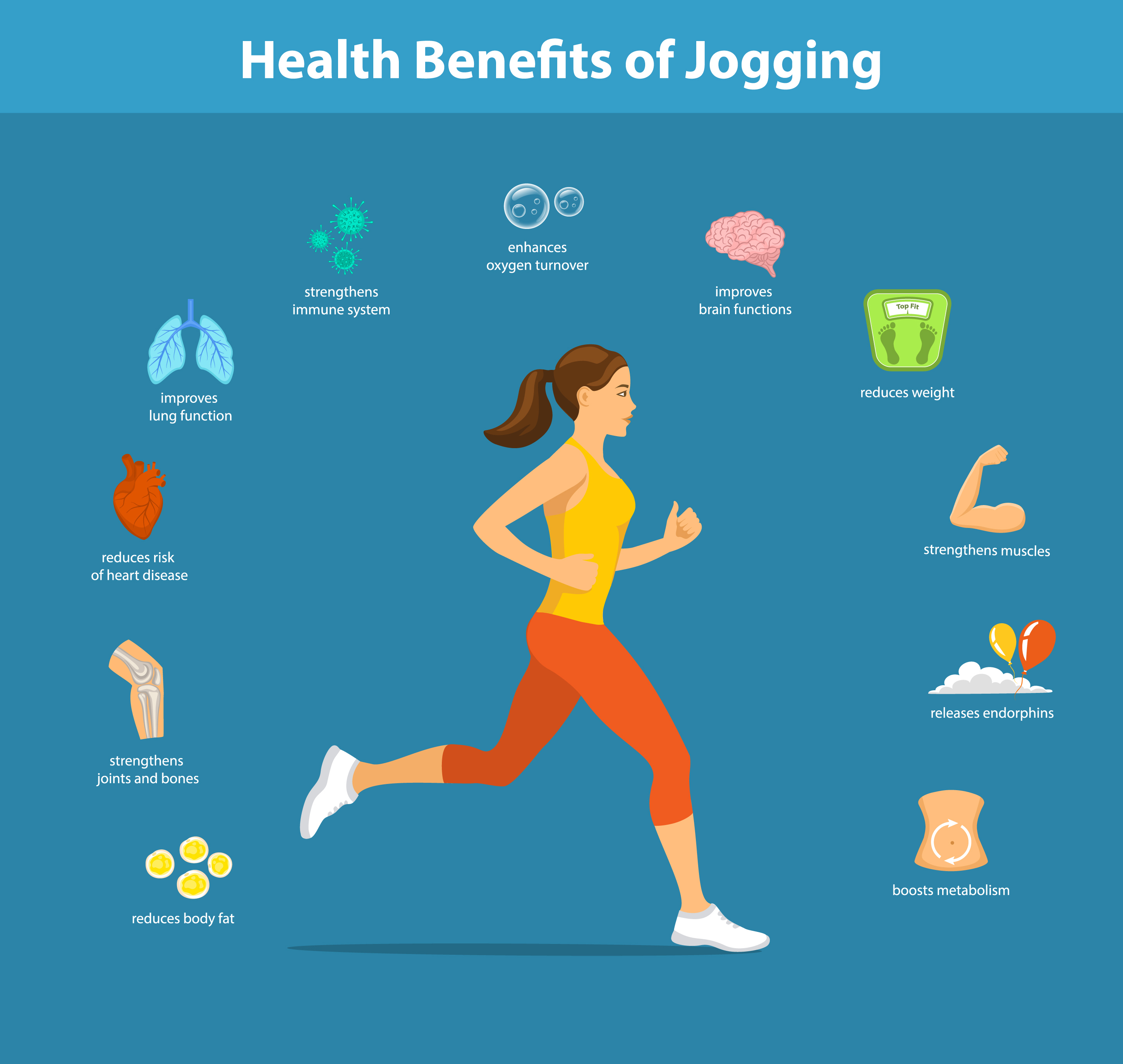The more you train, the more efficient you get at doing the workouts, until you need a more challenging workout to keep improving. Chasing progression is actually what makes this a fun, lifelong endeavour. Your body adapts every which way from here to Sunday, in every bodily homeostatic system. Outside a few extremes (which I’ll mention below), it’s normal, and cardio adaptation as it relates to fat loss is mostly a non-issue because adaptation to a training stimulus and metabolic adaptation to a deficit are not exactly the same thing.
Does cardio training make your body more efficient?
Sure. Does your calorie expenditure go down as you lose weight? Yep. Do these things contribute at least in part to the slowdown of fat loss or in some cases to a plateau? It can.
However, in no way does this suggest that cardio becomes fruitless for fat loss after doing it for a while or what you’ll have to do hours of it just to maintain. The fact is, you’re always burning plenty of calories with vigorous cardio, even if you’re burning somewhat fewer than you were when you were heavier and unfit. All those calories burned help with the deficit you need for fat loss.
One way you overcome any shrinking deficit is with progression. For example, you might start your fat loss phase with 3 or 4 days of 30 minutes and you progressively increase your duration. You might start at an intensity level of a 6 perceived exertion, and you progressively ratchet that up too.
You concern – and many others share it – is whether eventually you plateau, even though you are maxed out on cardio. Well, it might seem that way, but remember, you’re going to reach your body fat% goal in weeks or months and then you no longer need so much cardio – you can cycle back from a fat loss cardio program to a maintenance cardio program.

Cardio periodization (cardio cycling)
Competitive bodybuilders and fitness models are the true masters of peaking their physiques for a deadline and doing it better and better, year after year, throughout their careers. Cardio periodization is one of their secrets.
There’s a maintenance phase (athletes sometimes call it an offseason) and a peaking phase (the pre-contest season). During the maintenance phase, you do less cardio and during the fat loss or peaking phase you do more. Then you cycle back to maintenance.
With each successive peaking phase, you shoot for a new all-time best condition.
You don’t have to be a bodybuilder to use this strategy. Once you’ve achieved your target weight and body fat level, slowly downshift into a maintenance phase level of cardio. Once or twice a year, if you want a challenge, ramp it up again and go for a personal best again.
In the weightlifting world, cycling intensity, volume and other training variables are known as periodization. Why more people don’t apply this concept to cardio training is a mystery to me. Doing hard cardio for hours every day or seven days a week, month after month, year after year, is unnecessary and may lead to overuse injury, suppressed immunity, overtraining and burnout.
Endurance athletes can thrive on higher sustained training volumes because they eat so much to support the training. And like all smart athletes, they also use periodization.
Slashing calories and carbs and trying to do hours of cardio a day under that kind of energy restriction is where problems usually occur, but some people never scale back on cardio and frankly, they are afraid to eat! This is especially common with female physique athletes, as well as aerobics instructors who teach multiple classes a day.
This is the area that can be a big problem. It’s an adaptive response that takes place when people starve themselves on low calories or low carbs, and at the same time, go nuts with cardio.
Starvation diet plus tons of cardio is like shooting yourself in the foot because you’re slashing calories so hard and train cardio so hard, yet you’re slowing your metabolism. Therefore, your deficit is not as large as you thought it would be, and meanwhile, you’re beating yourself into the ground.
The lessons here?
Well, first of all, you have to eat! You have to feed the muscles! You have to eat appropriately for the type of training you’re doing.
You can sometimes get away with fairly extreme diets when you’re not that active – especially if you’re lifting weights at least a few time per week and your diet is high in protein.
Or, you can get away with extremely high amounts of cardio, if you’re eating a lot, like what good endurance athletes do.
But starvation combined with a huge amount of cardio appears to be very very bad news. It’s a big problem in female physique sports, especially. Yeah, they get ripped and even win titles – but at what cost – and are they struggling with rebound weight gain, and making the peaking process actually more difficult each time? Or worse – damaging their health or developing eating disorders?
You have to find the balance in the middle, the right amount of calories burned, balanced with the right amount of calories reduced from food intake, in a way that’s practical so you can actually execute the plan and stick with it, and in a way that’s physiologically friendly to your body.









